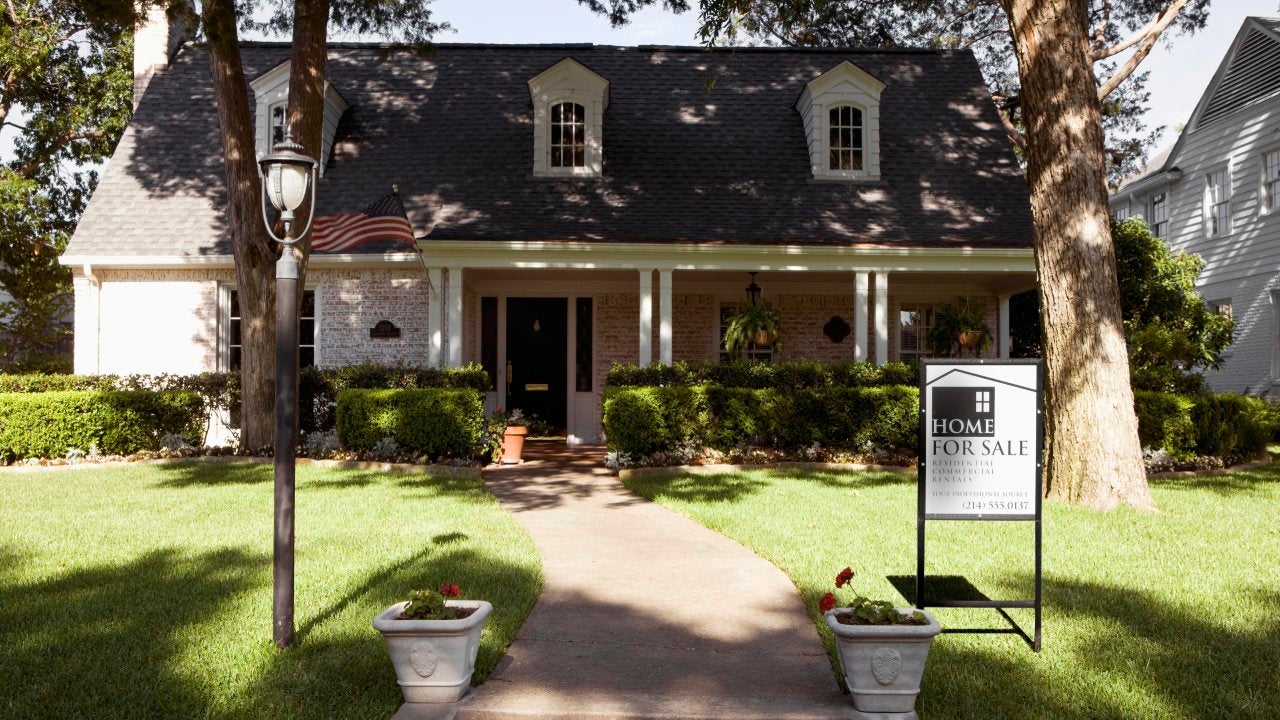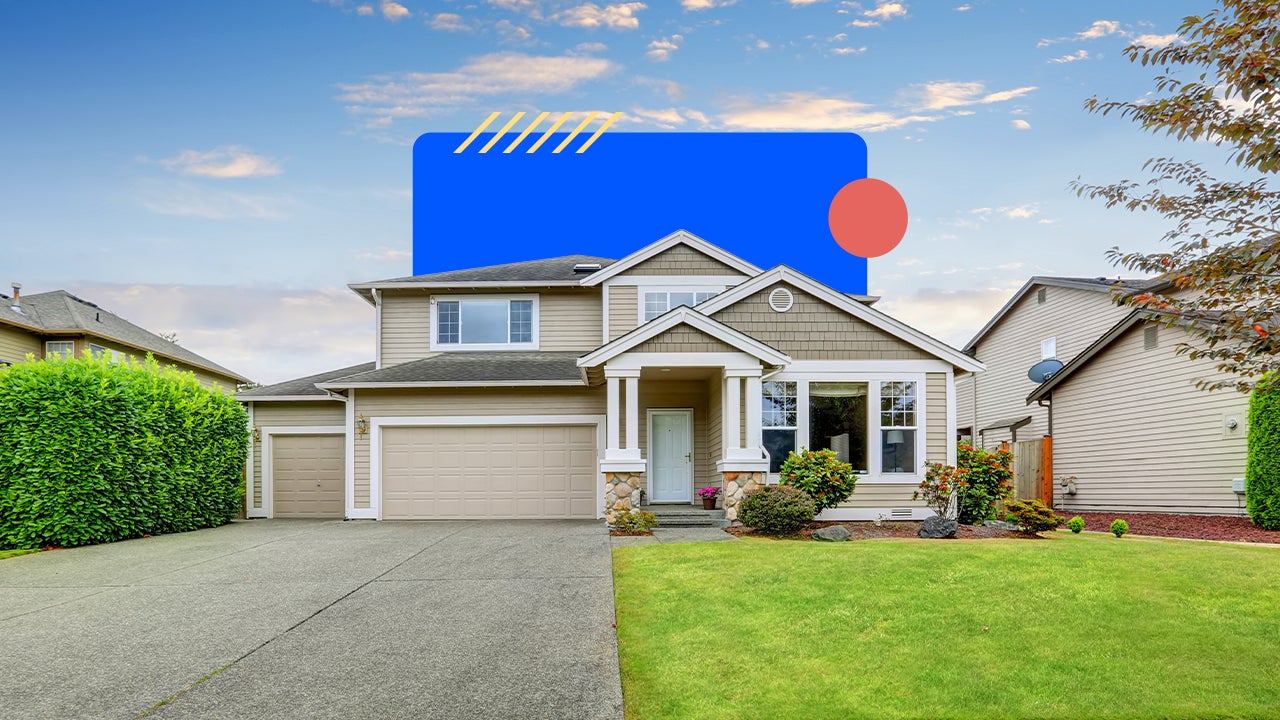What is a no-closing-cost mortgage?




Key takeaways
- Many lenders offer no-closing-cost mortgages, meaning you don’t need to pay the closing costs upfront when you buy a new home.
- Instead, closing costs are rolled into the loan balance or compensated for in the form of a higher interest rate.
- On the plus side, no-closing cost mortgages mean less immediate outlay. On the downside, these loans tend to cost more over their lifetimes.
What is a no-closing-cost mortgage?
A “no-closing-cost mortgage” is a mortgage that doesn’t require you to pay closing costs upfront, in cash, on closing day. But the name is a bit of a misnomer — those closing costs don’t magically disappear. Instead, you’ll pay them a little bit at a time throughout your loan term.
Saving up for a down payment and closing costs is a huge obstacle to homeownership for many people, so no-closing-cost mortgages have an obvious upside. But you’ll usually also pay more interest in the long-run.
Closing costs vary by the home’s cost and location, but you can typically expect to pay about 2 to 5 percent of your total loan amount. The average closing costs nationwide were about $6,905 as of 2021, according to ClosingCorp.
How no-closing-cost mortgages work
Virtually every homebuyer incurs closing costs, which typically include fees for the home inspection, home appraisal and title services, as well as expenses associated with originating the mortgage, among others.
When getting a no-closing-cost mortgage, you don’t have to pay these fees right away, but you’ll still have to pay them. Lenders usually offer a couple of different options, which include:
- Rolling costs into your loan balance: Let’s assume you’re seeking to borrow $250,000, and your closing costs total $8,000. That means your mortgage principal — the amount you’ll actually borrow — is $258,000.
- Paying a higher interest rate on your loan: Say you qualified for a 30-year mortgage at a fixed rate of 6 percent. The lender might offer to up your interest rate to 6.5 percent to cover your closing costs.
No-closing-cost mortgages vs. traditional mortgages
While a no-closing-cost mortgage will save you money initially — at a time when you’re probably already feeling strapped for cash — it will also tend to cost you more in the long term.
Imagine you’re borrowing $400,000 to buy a home. You get two quotes for 30-year loans, a traditional mortgage at 7 percent interest and a no-closing-cost loan at 7.5 percent.
Let’s say closing costs on the traditional mortgage come to 3 percent of the principal, or $12,000. Your monthly payment on the traditional loan would be $2,661, and the payment for the no-closing-cost loan would be $2,797.
Just $136 more per month for the no-closing-cost option might not sound like much. But look how it adds up over time, according to Bankrate’s loan amortization calculator.
| Years Elapsed | Total Paid Traditional Mortgage* | Remaining Balance Traditional Mortgage | Total Paid No-Closing-Cost Mortgage | Remaining Balance No-Closing-Cost Mortgage |
|---|---|---|---|---|
| *includes principal, interest and closing costs paid upfront | ||||
| 1 | $43,932 | $395,936.76 | $33,564 | $396,312.66 |
| 5 | $171,660 | $376,526.36 | $167,820 | $378,469.75 |
| 10 | $331,320 | $343,249.53 | $335,640 | $347,179.95 |
| 20 | $650,640 | $229,200.31 | $671,280 | $235,620.59 |
| 30 | $969,970 | $0 | $1,006,920 | $0 |
With the no-closing-cost mortgage, you’ll have paid less overall until partway through the 10th year of your loan, though you’ll also have accrued slightly less home equity. But then, the accumulated cost, augmented by the additional interest, begins to kick in. By the end of the mortgage terms, the overall cost of the traditional loan comes to nearly $37,000 less than that of the no-closing-cost loan.
No-closing-cost mortgage requirements
Typically, if you qualify for a conventional loan, you’ll also qualify for a no-closing-cost loan — it’s just an option many lenders offer. To get a conventional loan, you’ll usually need a minimum credit score of 620 and a three percent down payment, as well as a debt-to-income (DTI) ratio of no more than 45 percent.
Pros and cons of no-closing-cost mortgages
Pros of no-closing-cost mortgages
- Less cash to close: A no-closing-cost mortgage helps you preserve more of your savings at a time when you may really need them, for example, to build an emergency fund for repairs and other expenses.
- You can buy now instead of waiting. Generally speaking, home prices increase over time, and if you can afford to buy now, rather than waiting a year or two, you may be able to buy a less expensive home.
Cons of no-closing-cost mortgages
- Fewer options: Almost every mortgage lender offers traditional loans with closing costs, but not all lenders have no-closing-cost mortgages. You’ll have fewer options to work with, which can make it harder to shop around for a good deal.
- Less home equity: Because you’re financing a larger amount of the home purchase, you start out with less of an outright ownership stake in your home.
- Higher interest costs: However your lender sets up your no-closing-cost mortgage, it will typically result in paying more interest over the life of your loan.
What homebuyers should know about no-closing-cost mortgages today
If you need to buy a home and saving for the closing costs would cause too much delay, you may want to consider a no-closing-cost mortgage. And if you’re buying a starter home and plan to sell it within five to ten years, it may be more a more cost-effective option than a traditional loan.
However, at a time when many would-be homebuyers have been staying on the sidelines due to relatively high rates, you’ll want to think hard about potentially increasing your rate even more. If you plan on staying in the home long-term, paying closing costs upfront will ultimately save you money.
How to find no-closing-cost mortgages
Most — but not all — lenders offer no-closing-cost mortgages. Try to shop around and compare multiple lenders, making sure you understand all aspects of the loan offer, including closing costs and any no-closing-cost options. A mortgage calculator can help you crunch the numbers to estimate your total costs with both a traditional and a no-closing-cost mortgage.
A mortgage broker might even be able to help you find a low-fee lender, or one who just rolls the closing costs into the principal, but doesn’t hike the interest rate, on its no-closing-cost mortgages. (You’ll still pay more in interest because the mortgage principal is bigger, but the bite won’t be as bad).
Other ways to get a low-closing-cost mortgage
Getting a mortgage with no closing costs isn’t the only way to reduce the fees you pay at closing. You can also try negotiating with your lender and asking for a discount on some of the fees they’re charging you or comparison shopping for some of the expenses you can control, such as title services.
You can also ask the seller to cover some of the closing costs. This tactic works best in a buyer’s market, when sellers are having difficulty closing a deal. In a seller’s market, when competition for homes is steep, it can be more difficult to successfully make this request.




